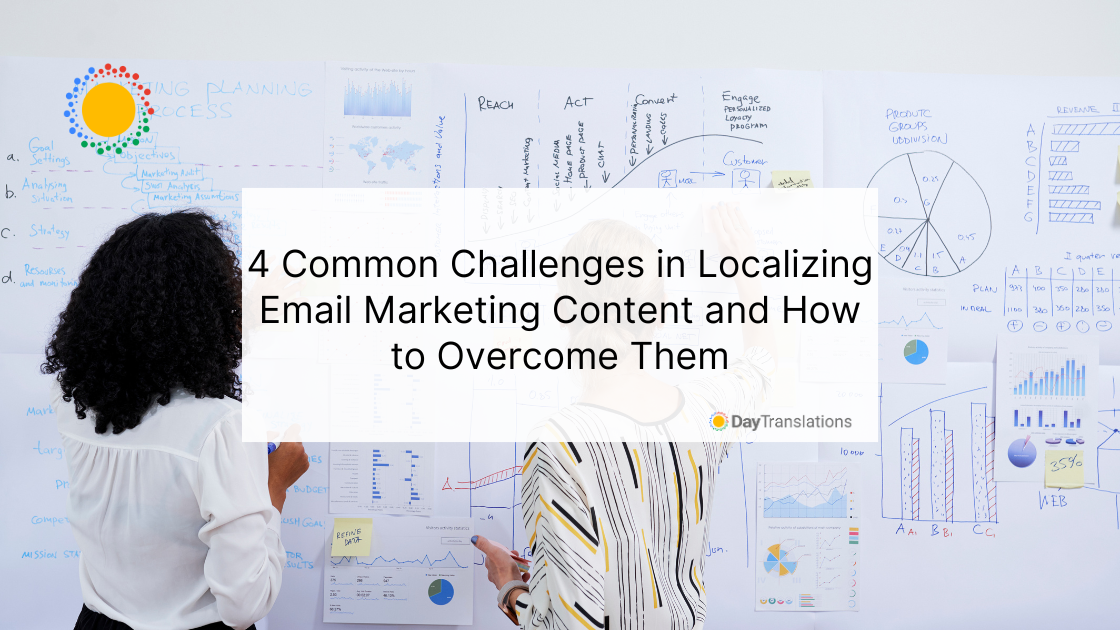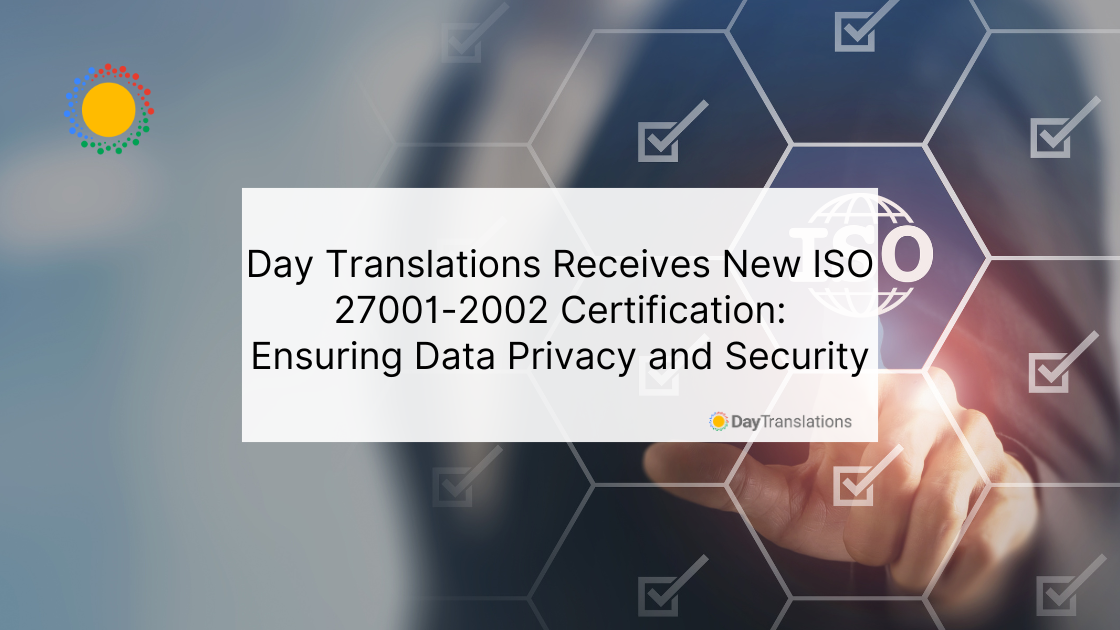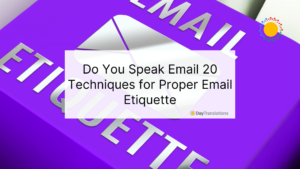Imagine you’re moving to a new country. If you want to adjust properly, you’ll need to learn how to communicate effectively with the locals. That includes learning not just their language but also their customs and other cultural values. The same is true for businesses looking to expand into new territories. To succeed in a new market, you must tailor your marketing campaigns to suit your audience’s language, customer experiences, and local customs. That includes localizing email marketing content.
With email localization, you can ensure that your messages resonate more deeply with your international audience. The result? You can foster stronger connections.
This article will delve into four common email localization challenges and explore effective solutions that will set you apart in the global market.
Top Challenges in Localizing Email Marketing Content
Cultural Differences
Although cultural diversity is a beautiful aspect of our global community, it can become one of the biggest email localization challenges when marketing to a multicultural audience.
Different traditions, languages, beliefs, cultural norms, and behaviors shape how your audience perceives and responds to your messages. That means you can’t assume you can use the same symbols, visuals, or greetings in your emails to a target audience in another part of the world. You risk being perceived as lacking in cultural sensitivity, or being inappropriate and stereotypical. So when you are gathering email marketing ideas, be sure to pay attention to the cultural aspects, holidays, and events relevant in that country. Also, make sure your responsive email template is designed to accommodate different cultural preferences and practices, ensuring your message is received well regardless of the recipient’s background.
Here’s an example. The OK sign made by putting your thumb and index finger together to create a circular shape indicates agreement in the US. But in Greece, it’s an offensive hand gesture. You’ll only get backlash if you include it in your emails.
Additionally, brands have to adhere to the specific dates and durations of the traditional celebrations to avoid bombarding their audience with irrelevant emails.
How do you overcome these biggest challenges? Invest time in understanding your potential customers’ cultural background. A thorough understanding of the cultural context will help you understand the nuances that matter in your email localization efforts.
While you understand the pain points of your international audience, how your offerings can solve them, and their culture, you may not know how best to market to them.
Collaborate with local agents, such as native speakers, PR firms, culture consultants, or localization specialists. Working with local agents helps you gain valuable insights into how to best incorporate these cultural nuances and other critical observations into your brand messaging. This way, you can appeal to your international audience and ensure a personalized experience.
Language Variations
Here’s another common email localization challenge: language variations. Each language has its expressions, dialects, idioms, and nuances. While English may be widely understood, about 70% of internet users are not native English speakers.
Also, 76% of online shoppers prefer to buy from brands that offer products in their native language. On the other hand, 40% will never buy from a business that offers product descriptions in other languages.
Therefore, reaching out to non-native English speakers in their native languages can help unlock new markets for your business.
Start segmenting your target audience based on geographical locations and language preferences to beat this. Email newsletter platforms make it easy for you to create subscriber lists based on regions. With that, you can ensure your email campaigns are tailored to language variations or regional preferences. Yes, even within a country there can be regional differences, or even within different contexts, for instance should you write e-commerce or ecommerce?
Although there are artificial intelligence tools and websites available for machine translation, human translators are still highly recommended since you’re marketing to, well, humans. Take a cue from Nike. They works with seasoned translators and language specialists to create emails like the one above. As a result, the brand manages to capture the tone, style, and colloquialism prevalent in the language of their target audience.
They also collaborate with local content creators to create inclusive messaging and user-generated content in a language that’s relatable to the target demographics. The result? Authentic connections with diverse audiences.
Character Limitations
When localizing email content, you may encounter the true challenge of character limitations. Different languages have varying densities, meaning that the same message in one language may require significantly more characters in another language.
Say, for instance, you want to translate the professional email subject line, “Your Last Chance to Grab The 50% Shopify Discount”, from English to French language. In French, you would have “Votre Dernière Chance de Profiter de la Remise Shopify de 50%”.
Unfortunately, the ideal email subject line is 60 characters. Anything beyond that can get truncated when shown in a person’s inbox. In other words, while the 49-character English subject line above will be shown in full, its French localized version of 61 characters may be shortened. Consequently, you may not engage your audience in your target French-speaking area effectively, so your open and conversion rates may be reduced.
To overcome this email localization challenge, prioritize the crucial elements of your message and condense the piece of content where possible. For this, again, consult with native speakers and certified translators. They’ll help you come up with accurate translations of your text that also meet the recommended word count.
Formatting and Layout Issues
Visual appeal plays a crucial role in email marketing success. The thing is, you might have to deal with issues in formatting and layout in the process of localization.
For starters, different languages read from varying directions.
Languages like Arabic, for example, read from right to left. So, if you’re using bullet points in your original English email content, you’d have to make sure those bullet points to the left of the text are transferred to the right.
Here’s another example.
Traditional Chinese is written in vertical columns. The text is read from top to bottom, with the first column being the one on the rightmost part of the page. If your Chinese target audience prefers this traditional way of reading, you’ll have to change your entire English email content layout that also reads from top to bottom, but from left to right. If you stick to the English email layout and send your email to this specific Chinese audience, you’ll only manage to get your email ignored.
To solve this, create flexible and specific email templates for your target languages. This way, you won’t have to start from scratch when localizing your email marketing content.
As a final tip, always bear in mind that first impression matters, especially when you’re targeting new markets. Avoid email marketing mistakes like ignoring mobile optimization. Ensure the messages that are part of your email marketing campaign offer value as well. If there’s anything people of all cultures have in common, it’s that they love anything that gives them some form of benefit.
In Closing
Though the email localization process may require an initial investment, its long-term benefits far outweigh the costs. By mastering the art of engaging your international markets, you foster trust, enhance your credibility, and maximize the impact of your email campaigns.
But to successfully localize your email content, you need to overcome challenges like cultural differences, language variations, character limitations, and formatting and layout issues.
Just follow the tips I outlined in this article to navigate these email localization challenges. Coupled with an excellent email marketing strategy, expect the best results.
Author bio:
Michal Leszczyński is immersed in developing, implementing, and coordinating all manner of content marketing projects as the Head of Content & Partnerships at GetResponse. He has 10-plus years of expertise in online marketing with a Master of Science Degree in Strategic Marketing and Consulting from the University of Birmingham (UK). Michal is the author of more than 100 articles, ebooks, and courses for both GetResponse and renowned websites like Crazy Egg and Social Media Today.











